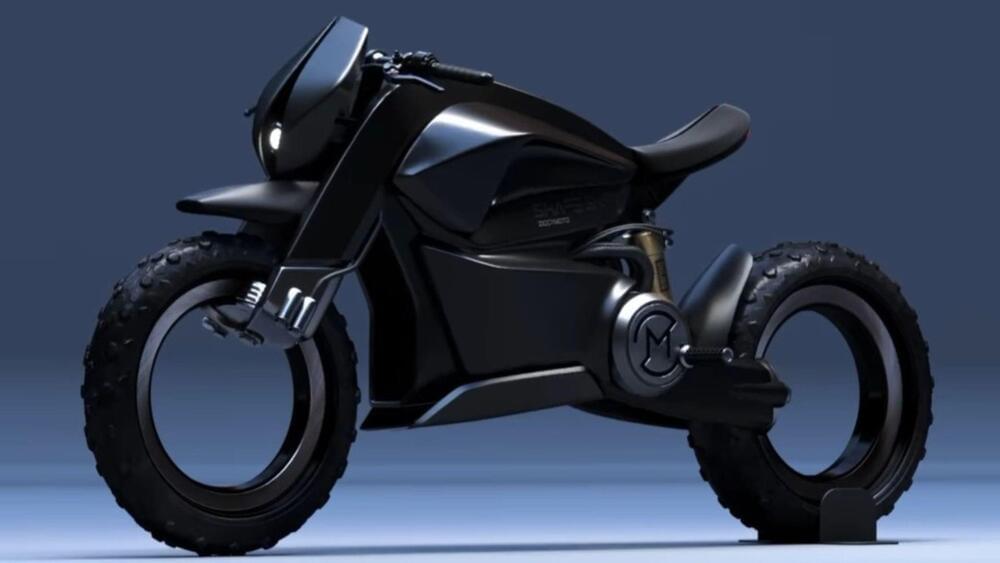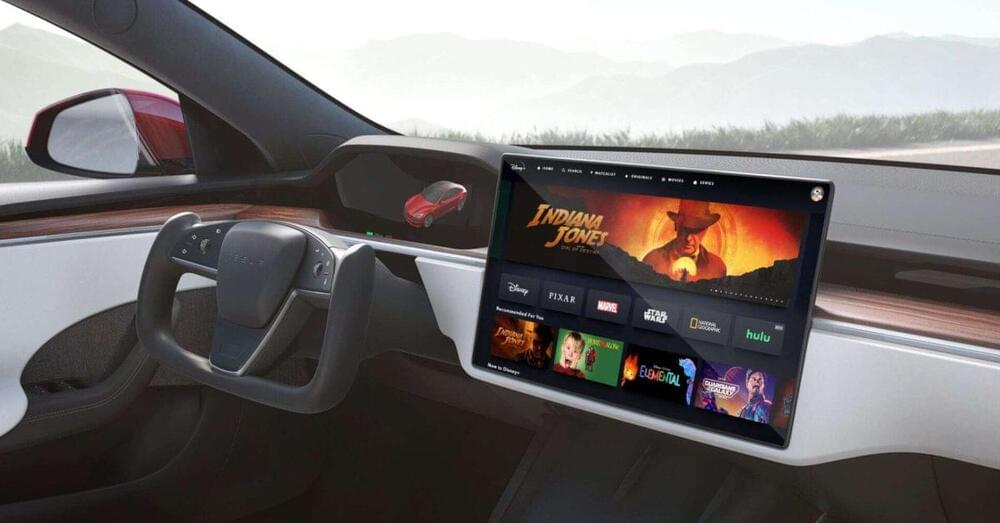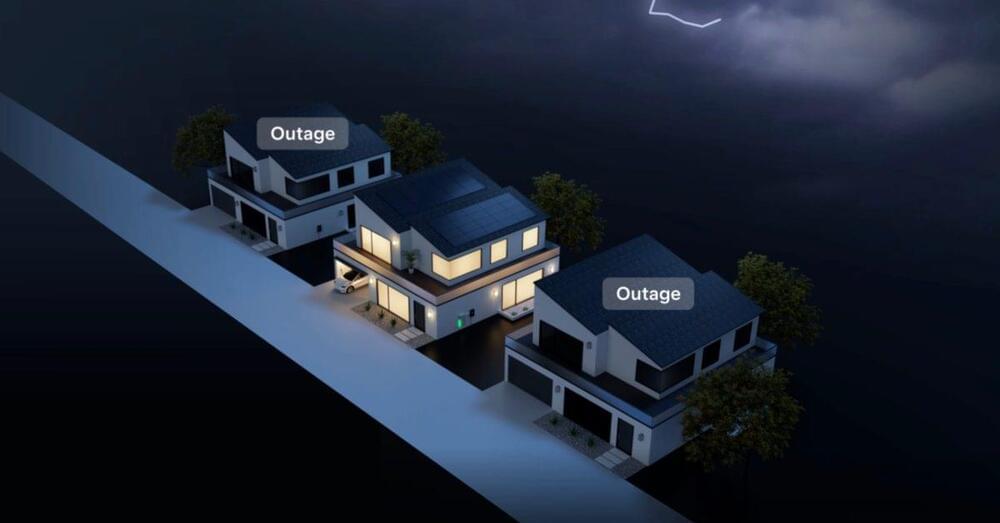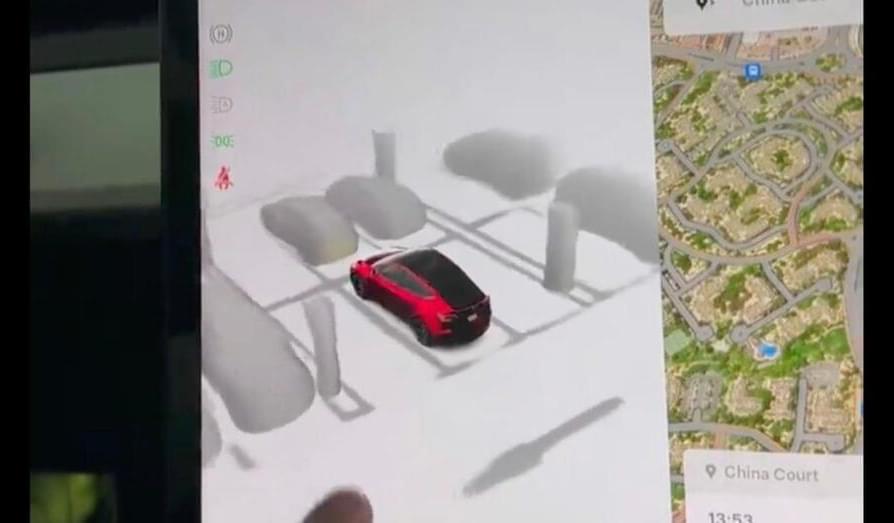The clip, which made the rounds on social media, showed the 7,000-pound truck with a Christmas tree loaded in its bed helplessly spinning its tires while slowly being towed up the hill by a white Ford truck.
The incident led to plenty of mockery. After all, Tesla CEO Elon Musk made a big deal out of the Cybertruck having “more utility than a truck” during his incredibly awkward delivery event last month.
Even the local Stanislaus National Forest Service, which manages the National Forest where the truck got stuck, took the opportunity to issue a public service announcement, as spotted by the LA Times.






